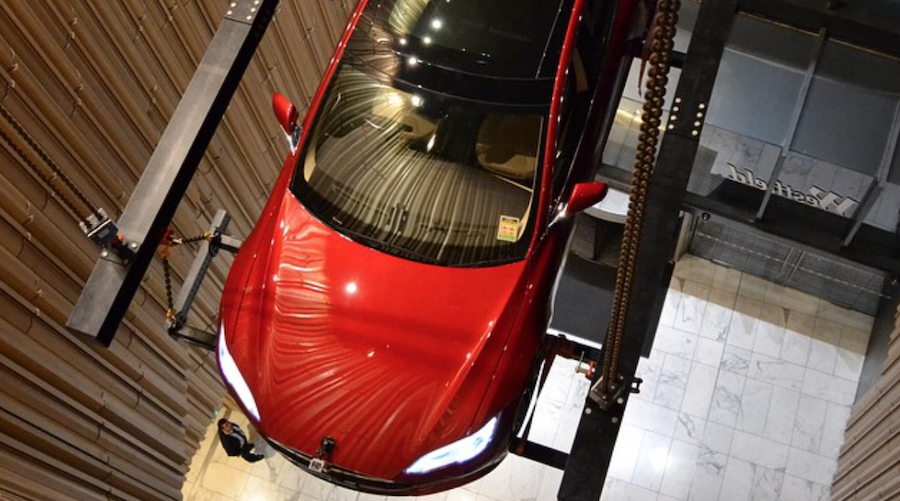Tesla may be partnering with EVE, strengthening move toward LFP chemistries

Even though LFP batteries offer a shorter range on a single charge than nickel/cobalt systems, they are making a comeback thanks to their safety, low cost, and the simplified battery pack design that they allow.
This has been the case particularly in China, where new regulations require EVs to inhibit any fire or explosion within five minutes after a thermal runaway incident happens in battery cells.
According to the anonymous sources cited by Reuters, it is possible that EVE’s LFP batteries start being incorporated in both Model 3 and Model Y vehicles within the next six months
For electric vehicles using chemistries such as NCM (nickel-cobalt-manganese), this means adding mitigation systems but carmakers wanting to avoid this are turning to LFP cathode materials, which allow them to build simplified battery packs without modules, and without the otherwise necessary but voluminous safety and auxiliary components.
Since late 2020, Tesla began using Contemporary Amperex Technology’s (CATL) LFP batteries for the China-made Model 3 cars with standard driving ranges. However, according to the anonymous sources cited by Reuters, it is possible that EVE’s LFP batteries start being incorporated in both Model 3 and Model Y vehicles within the next six months.
Earlier this year, Musk touted LFP as the future for “standard range” Teslas after expressing worry about the actual possibilities of his company getting a low-cost and environmentally friendly supply of nickel.
The shift toward this chemistry has proven successful as cobalt and nickel prices have rallied over the past year and competition over secure, long-term supply becomes fierce as carmakers prepare for growing EV demand. According to BloombergNEF, 10% of global passenger car sales will be electric vehicles by 2025, a percentage that could reach 58% by 2040.
In terms of the proportion of LFP batteries to the total, Wood Mackenzie has said that lithium iron phosphate chemistries are expected to grow from 10% of the market in 2015 to more than 30% in 2030.
For Tesla, only two months after starting selling the 55KWh LFP-battery Tesla Model 3, the vehicle captured 5.9% of the global full electric car market in terms of battery capacity deployed despite not being for sale in the US.
Boosted by deliveries to Europe, it made up 46% of all Model 3 sales in January and 32% (December it was 47%) of the battery capacity in all LFP-equipped cars worldwide.




